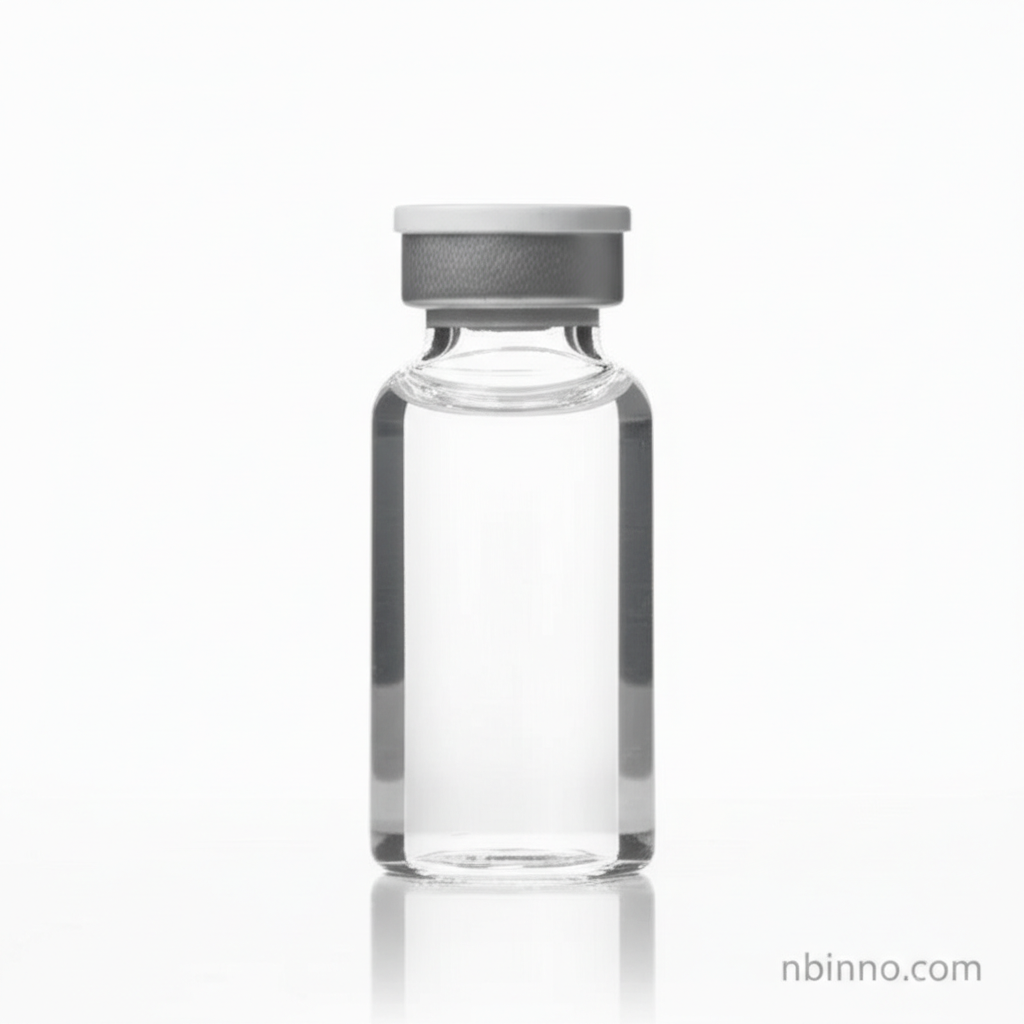N-Methylmorpholine (CAS 109-02-4): A Versatile Solvent, Catalyst, and Intermediate
Discover the broad applications of N-Methylmorpholine as a key chemical in various industrial processes.
Get a Quote & SampleProduct Core Value

N-Methylmorpholine
N-Methylmorpholine (CAS 109-02-4) is a vital colorless liquid tertiary amine, recognized for its multifaceted roles in chemical industries. Its excellent solubility in water, alcohol, and ether makes it a preferred choice for a wide range of applications, from acting as a solvent in organic synthesis to serving as a critical intermediate in pharmaceutical production. We explore how understanding n-methylmorpholine solvent uses can optimize your processes.
- Solvent Applications: N-Methylmorpholine is an effective solvent in various chemical reactions, particularly in the synthesis of pharmaceuticals and agrochemicals, enhancing reaction efficiency and product yield.
- Catalyst Support: This compound is used as a catalyst or catalyst support in organic synthesis, helping to facilitate reactions while improving selectivity and reducing by-products. Leverage the benefits of 1-methylmorpholine polyurethane catalyst technology.
- Chemical Intermediate: It acts as an intermediate in the synthesis of various pharmaceutical compounds, aiding in the development of medications with improved efficacy and safety profiles. Explore 4-methylmorpholine chemical intermediate capabilities.
- Corrosion Inhibition: N-Methylmorpholine functions as a corrosion inhibitor, protecting materials in industrial systems. Investigate n-methylmorpholine corrosion inhibitor properties for enhanced material longevity.
Key Advantages
Versatile Functionality
N-Methylmorpholine serves multiple functions, acting as a solvent, catalyst, and intermediate, streamlining chemical synthesis and reducing the need for multiple compounds.
Enhanced Reaction Efficiency
As a catalyst and solvent, it contributes to improved reaction rates and yields in organic synthesis, a crucial aspect for efficient chemical production.
Broad Chemical Compatibility
Its solubility in water, alcohol, and ether allows for flexible use in various solvent systems and reaction conditions.
Key Applications
Pharmaceutical Synthesis
Used as a chemical intermediate and catalyst in the production of active pharmaceutical ingredients, contributing to the development of new medications.
Polyurethane Catalysis
Acts as a catalyst in the synthesis of polyurethanes, crucial for the manufacturing of foams, coatings, and adhesives.
Organic Synthesis Medium
Functions as a solvent and reagent in various organic reactions, facilitating complex chemical transformations.
Corrosion Inhibition
Employed as a corrosion inhibitor, protecting equipment and materials in industrial processes.
